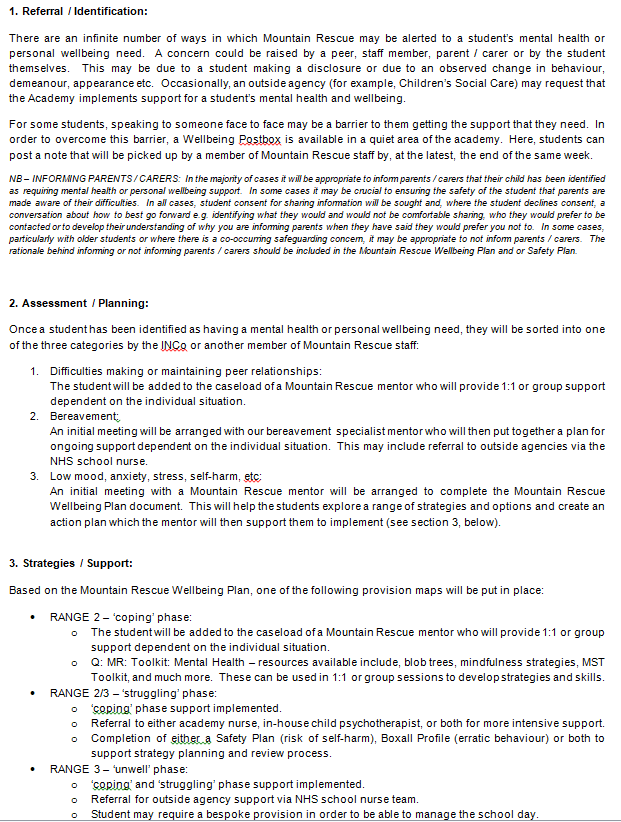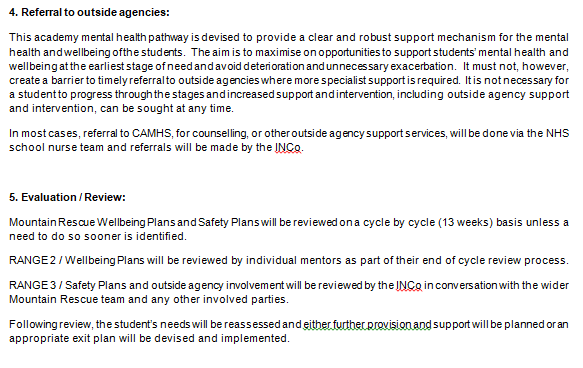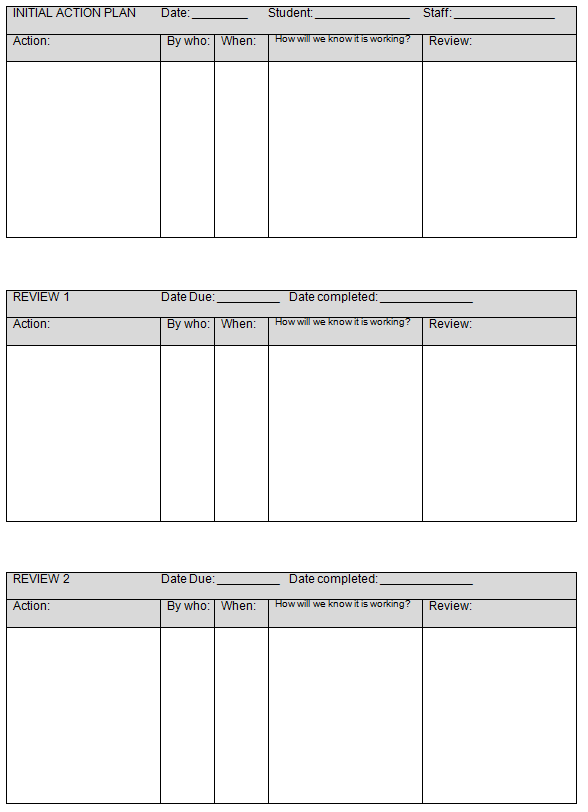Neither. Both. Erm… progress from personal starting points.
Or, all of these (amongst other things).
It is, I think, human nature to categorise and dichotomise, and there’s a place for binaries in how we understand, organise and communicate information. Reality is rarely that simple, though.
We can (and should!) be critical of an unchecked meritocratic approach. Attainment or ability as the sole measure of achievement would be significantly flawed, exclusionary and harmful to those who fall short of arbitrary benchmarks, probably those who don’t as well. The greater agency we have, and therefore equality, when it comes to effort is clear, but that too isn’t without its flaws (is it objectively observable? I definitely know people who can look like they’re trying when they aren’t, and others who look way too relaxed even when giving 100%) and limitations (academic, or any measurable outcomes, aside; is it enough to ensure our students have the childhoods and then adulthoods that we are trying to facilitate?). Any unilateral approach is going to be limiting. Our school populations, like humankind in general, are diverse. People’s abilities and needs, preferences, contexts and achievements, exist in a complex matrix that no binary or linear scale is going to be able to capture.
Undoubtedly, it is summative attainment grades that loom the largest in education and this creates an element of ‘have / have not’, or ‘winners and losers’, and shouldn’t be the whole picture for any student. Attainment grades and effort measures (perceived or actual) are not mutually exclusive, nor are they the only two options or factors at play. Progress from personal starting points, considering both pace of change and distance travelled, surely has a place in this mix too. It isn’t without its flaws, of course. It is still us who set the parameters, and there are myriad individual and contextual factors that mean it could never be a ‘pure’ measure of whatever academic or personal endeavour it aims to represent. I’m not particularly advocating for this approach either, but I am saying that attainment, effort, starting point, progress, personal and contextual factors all interact with each other and can’t be meaningfully separated out.
I’m speaking generally (none of our children deserve to be reduced to any one of these measures), but it is, as usual, our students with SEND who are disproportionately affected by the eventual meritocratic cut off point of our education system, even where the process has been tempered by other measures. As is often the case, what is visible, i.e. our meritocratic approach to measuring achievement, is the product of the problem, not the problem itself. We can only paper over the cracks until we secure the foundations. This, and the other aspects of our education system that just don’t work for (or are actively harmful to) our SEND students are the result of lack of knowledge, understanding and of impetus, essentially entrenched systemic ableism and ableist unconscious bias in a constant negative feedback loop, that designs and drives our systems, including how we assess. For me, it is a broader range of measures that is needed. To be drawn on, understood (flaws and all), and valued in combination. Culture shift is hard, especially when many don’t even realise that it needs to happen, but change is still possible and pushing for it is more than the right thing to do; it’s a moral imperative.
But firstly, whatever we do, we have to start where we are at. The adherence to exam results, grades and specific ‘recognised’ qualifications has implications beyond the school gate, maybe lifelong, so even if the system is wrong, ripping that plaster off in one go may cause our students more harm than good. Maybe the question isn’t ‘effort or attainment’, or even ‘how do we measure’ at all, but what are we actually trying to achieve through education, both in the current context and in a better future?
I was lucky to complete my early careers phase in Halifax where, at least at the time, there were excellent LA programmes for both NQTs and for new SENCOs. I can’t remember the exact wording, but on the wall of the building where these sessions took place was a mural (maybe a tree and butterflies?) and some words along these lines – we only need to give our children two things; roots and wings. Cheesy, I know. I like cheesy things. This has stuck with me throughout my career, and it is what was swimming around in my head while I was thinking about writing this post. For families, I agree with the original sentiment but for educators I think it is slightly different. What we want to give our students is the gift of as many unlocked doors as possible, both while they are with us and then throughout their lives, not because we want them to take all the opportunities or follow any specific path, but because we want them to have choice. Which means we have to give them a second thing too; the tools to make positive choices for themselves. So, a strong sense of self and a sense of how they exist in relation to others and the world around them.
Doors and oars.
And mixed metaphors.
I don’t know whether I’m proud of that or ashamed of it, to be honest.
At present, attainment grades are the key to many doors, so they remain part of the package of things that I want to try to give all students. In that specific aspect of the system, outcomes will always exist on a scale and where you are on that scale will always precede you in some way. I’m not claiming that certain benchmarks and higher grades aren’t the criteria for many courses and jobs, and generally given status over other, lower grades, but I also think people generally recognise that what we consider an achievement is personal to the individual and impacted by contextual factors. I also think there are many courses and jobs where those benchmarks or higher grades are not required, and (most, I think?!) people recognise that those jobs have value and are right for some and not others, hopefully through choice and being challenging and enjoyable so that it gives the individual a sense of purpose. This could be said about any job. Horses for courses. There’s room for this aspect of the system to evolve and improve, both in terms of its structure and how society understands it, but this needs to come from decision making based on a new anti-ableist understanding and agenda. I think it can only meaningfully come from this.
Attainment grades might open doors, different doors for different people, but they aren’t enough on their own. Our schools are full of learning that is nothing to do with any curriculum, scheme of work, lesson plan or assessment, but the constant drip feeding of information we give our children through our own behaviour, communication, choices, how we organise the timetable and spaces etc., and this learning is very powerful too. How children hear us talk to and about them, other children, staff and other adults, how we respond to their attainments and efforts, how we group and segregate, what we call things, what gets our attention, our time… all of this is teaching our children things about themselves, their worth, about others and their worth… and it is happening whether we realise it or not. I’m not sure this stuff is measurable, or we would want it to be, and i don’t think it is necessarily a linear scale at all i.e. is 100% effort (or apparent / perceived effort) what we actually want? I don’t give equal effort to everything I do, and I don’t feel like I have to. Is always being nice and polite what we want from our students? Or do we want them to know when to be abrupt? Defiant? Angry? This could be particularly important when it comes to personal safety.
It might not be measurable, but what I’m advocating for here is certainly made up of specific elements. Knowing each student as an individual, strong relationships (which the adult is fully responsible for), and a consciousness of what is being communicated through our word choice, behaviour and how we organise time and space, will all contribute to the inclusiveness, effectiveness and positive experience of education of our schools. Within the safety of that, we need to use what we think are the best measures of achievement (attainment, effort, progress…) that we can come up with and that fit into the bigger picture of college courses, apprenticeships, university and work… not because we are trying to send children down any particular route, but because we want as many routes to be available for them as possible, and for each of them to feel empowered to choose. We need to communicate those measures carefully, with kindness and with purpose. And we need to be committed to learning, improving and evolving all systems so they become better and better for more and more students with time.











